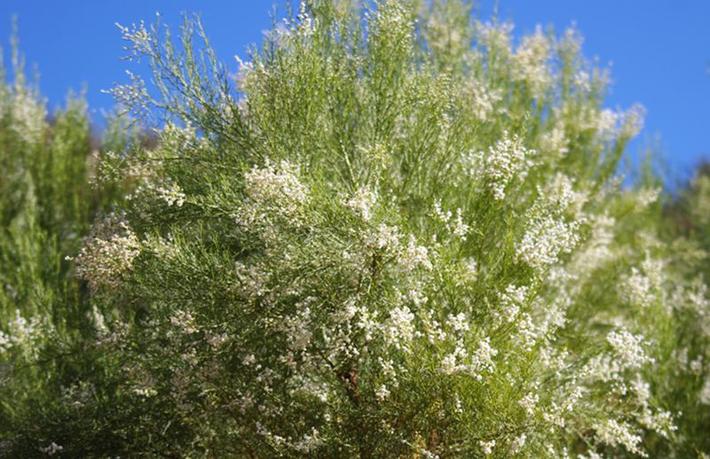Shift from traditional July/August to a later September/October Monsoonal Summer Weather pattern.
 |
| Image Credit - US Forest Service |
QUOTE:
"A delayed monsoon could affect growth of grasslands and other vegetation in the southwestern US and northwestern Mexico. One of my most favourite times to pay a visit to Arizona was always sometime in July/August. The reason is because after the first summer rains, everything comes to life and turns vibrant green. Especially the Bunch Grass Savannas which are normally dry."
"A delay in the summer monsoon rains that fall over the southwestern United States and northwestern Mexico is expected in the coming decades according to a new study in the Journal of Geophysical Research. The North American monsoon delivers as much as 70 percent of the region's annual rainfall, watering crops and rangelands for an estimated 20 million people."
Source: Earth Institute:"Study Predicts Lag in Summer Rains Over Parts of U.S. and Mexico"
 |
| Sonoran Desert Image - Jeremy Weiss |
A delayed monsoon could effect vegetation across the Sonoran desert, including Saguaro Cacti. Personally I'm curious about such a delayed effect on Southern California's chaparral plant species like Redshank/Ribbonwood (Adenostoma sparsifolium) which bloom in the traditional time of the summer season in August after the start of the Monsoon in July.
Rich Spring and early Summer green before the onset of the summer monsoon rains the Southern California Mountains.
 |
| Credit: Bert Wilson - http://www.laspilitas.com |
Redshank chaparral in bloom just after the summer monsoons hit the southwest. This time of year with the monsoons the air is filled with the sweetest and spiciest aroma you can imagine. Redshank is predominantly responsible for this. Redshank gives off these Aerosols (VOCs) which are also responsible for cloud formation in which water molecules utilize aerosol particals for a nuclei droplet formation (billions upon billions of which make our clouds), along with other trees like Oaks and other Chaparral plants which manufacture other isoprenes, terpenes and monoprenes. All these plant as well are deeply ground into the earth and provide the release into the air under just the right atmospheric conditions negative ions which also contribute to weather creation.
 |
| Image by Arleen Webster |
Last week I drove up Burnt Valley Road to my old place. I should have taken a photo of the thick dense healthy Redshank. This valley driving up has one of the richest in green colour of Redshank elsewhere. It is almost pure Redshank or Ribbonwood stands. What was sad is that more and more property owners have moved in and have removed massive quantities on their land. I often wonder why people move to an area they beautiful, only to destroy it. Most new and old Anza residents continue to bring up exotic nonnative plant species to this high desert/mountain area and most all look terrible. Very few things succeed in these areas, including some people.
This is what the hills will be as far as colour when the flower blooms are dried to a rusty red colour. This will most often be in September/October. One does wonder how all of this will change when and if the monsoonal moisture is actually delayed as Researcher insist.
Sadly, it is a bit scary how all of this might change if global weather patterns disrupt such a wonderful southwestern localized phenomena.
Further Reading of Interest:
University of Arizona: "Monsoon failure key to long droughts in Southwest"
No comments:
Post a Comment
Thanks for visiting and stopping by with your comments!
I will try to respond to each comment within a few days, though sometimes I take longer if I'm too busy which appears to be increasing.